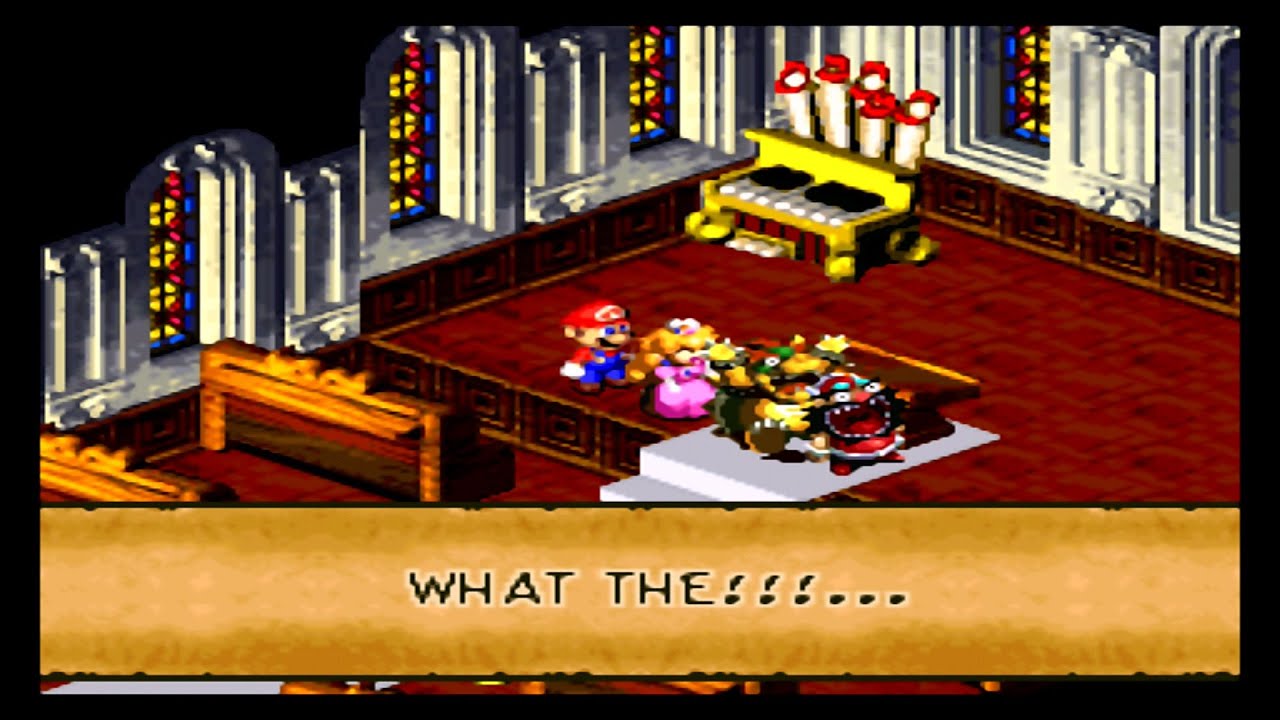
There’s no denying it. Life was sweet for the SNES owner. Within the space of just five years, the system’s library was swollen with classics, and chief among them were masterpieces crafted by Square and Nintendo. The mere mention of the likes of Final Fantasy VI, Chrono Trigger and Super Mario World are enough to send most gamers into paroxysms of nostalgia. It is said that all good things must come to an end, but even as the sun was setting on the SNES, behind closed doors the movers and shakers were planning something unprecedented – a collaboration between two of the biggest developers of the era.
The result of this partnership was Nintendo’s moustachioed mascot’s first foray in the role-playing genre. Square’s own Chihiro Fujioka recalls how it went down: “The original idea was decided in meetings at the highest level. When I was put in charge, it had already been set in stone, but I heard that the background to it was that due to the very close relationship between Nintendo and Square in those days, working together on a project meant they would combine their respective strong suits – the Mario character and RPG development.”
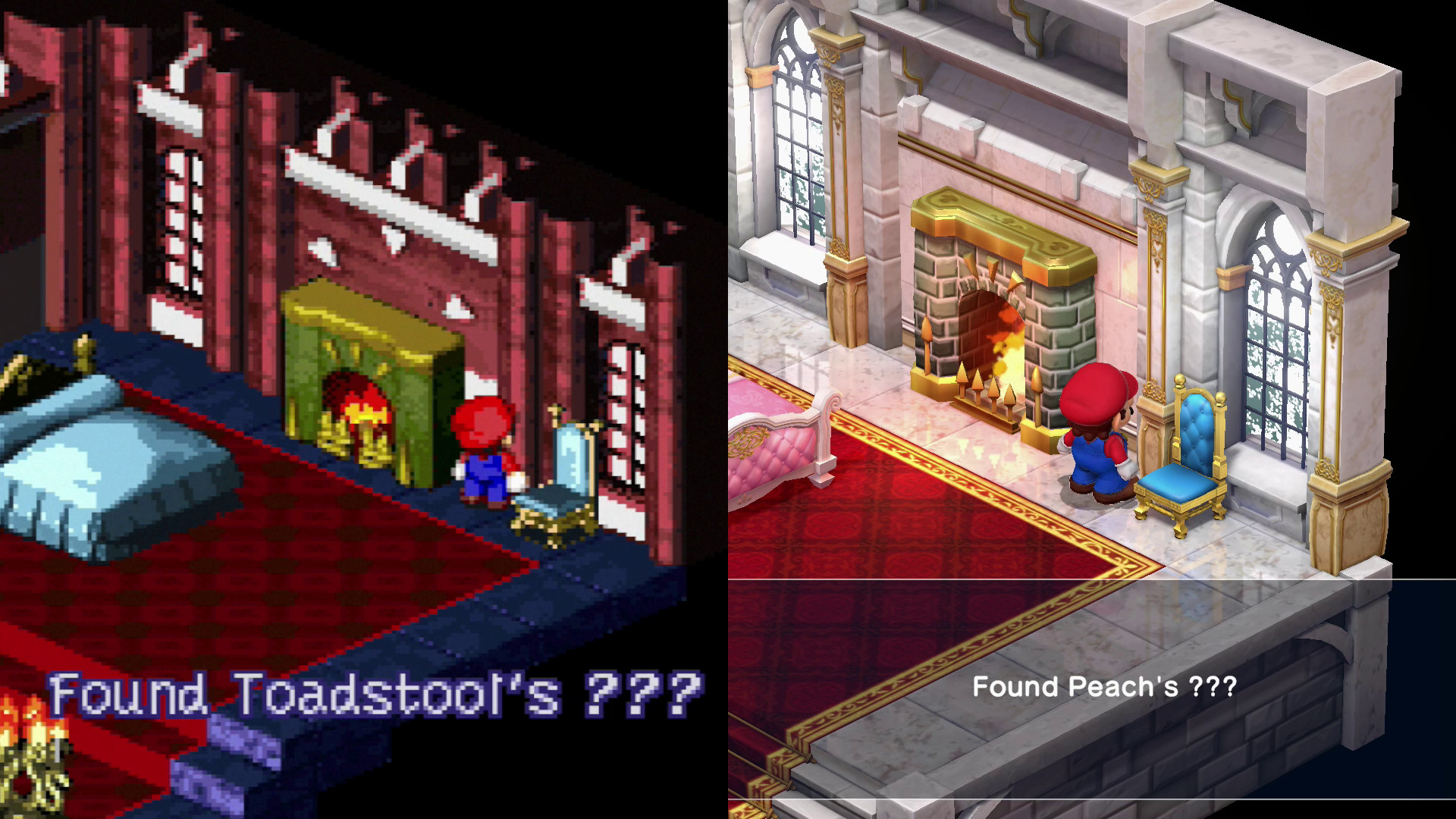
Super Mario RPG originally launched on the SNES in 1996, but is now coming to the Nintendo Switch on November 17, 2023.
The basic concept was a simple one; its execution was not. Taking a beloved figurehead and throwing him headlong into a new genre without upsetting the fans requires a lot of thought, as Fujioka explains: “The world view and the story changed completely. In the beginning, we thought Mario would be fighting using weapons and magic, but as you’d expect, we concluded that Mario was more suited to the hammer and jumping, so we modified the settings and the story. Even after development had moved on, we were still beating our heads over whether or not Mario should use weapons and magic. Mr Miyamoto also seemed to be in two minds over this. It was only when we both took to the stage at a magazine event that we finally decided.
“It was at the V-Jump Festival, an event organised by Shueisha’s monthly game and hobby magazine. Readers were invited to the venue so that publishers could introduce games that were about to be released. It was here that Super Mario RPG was revealed to the world for the first time – I remember how surprised the readers and the organisers were. Right at the time of this magazine event, we had to decide on Mario’s fighting style – weapons and magic, or jumping and hammers? Even while we were backstage at the event, Mr Miyamoto and I were still talking it over. Then, when it became our turn to introduce our game, I said: ‘Let’s just decide his fighting style based on how much the audience applauds.’ Mr Miyamoto replied doubtfully, ‘Is that going to be okay?’ but we went along with the plan anyway.”
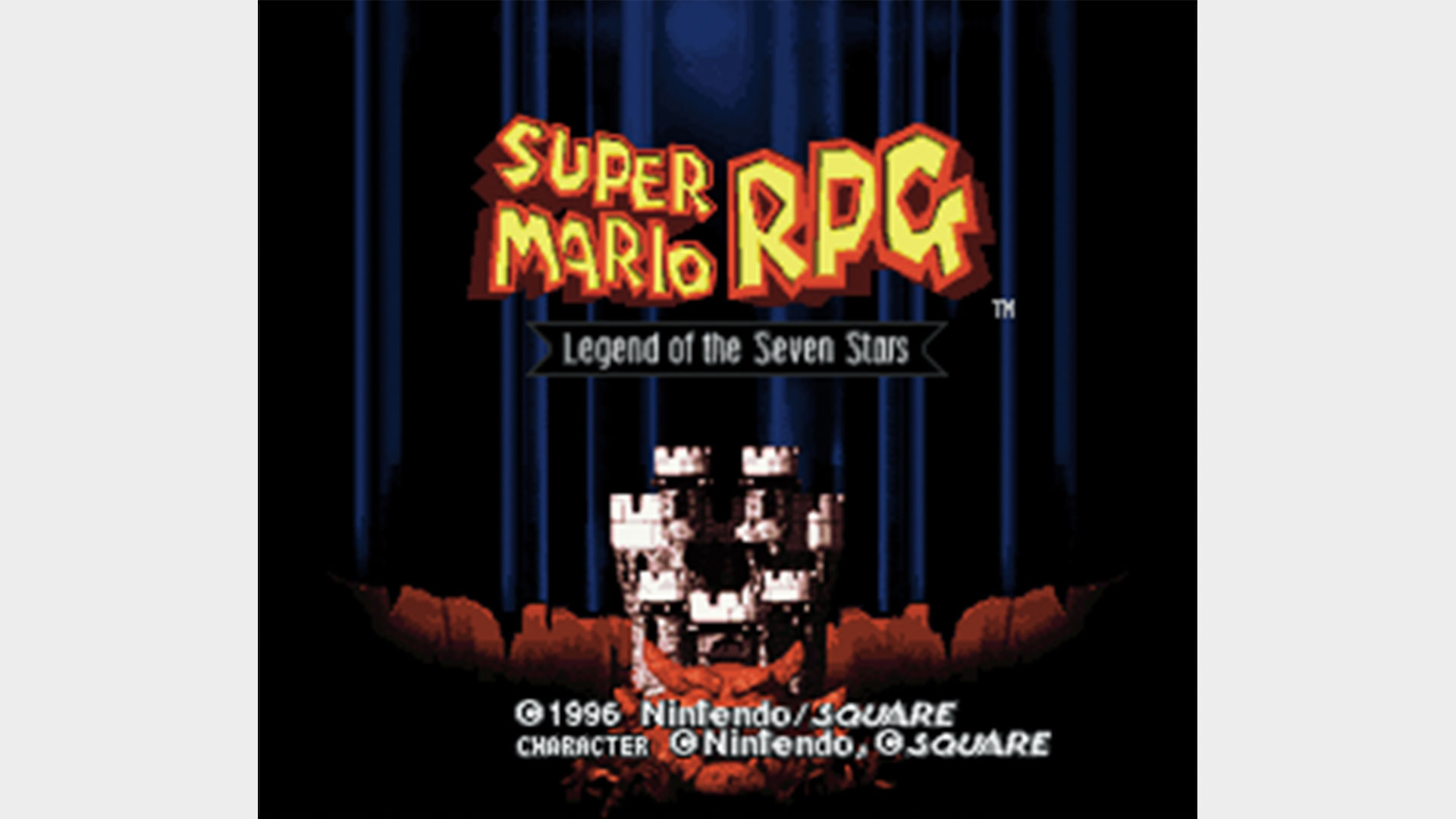
“To tell the truth, though, there was a feeling, among the staff too, that it would be best if Mario fought with hammers and jumping. Actually asking the audience was a big gamble, but I came up with a bit of a scheme to make sure things went our way. First, I said suddenly, but in a normal, businesslike voice: ‘Could you please clap if you think that because this time Mario is in an RPG, it would be good if he used weapons and magic.’ Small applause. Next, in a loud voice, full of energy and excitement: ‘But of course this is Mario, so it’d be way better if he fought with jumps and hammers, right? Those people – applaud now!’ Lots of applause. And that’s how it turned out. Mr Miyamoto – sorry for worrying you!”
Taking the RPG to Mario
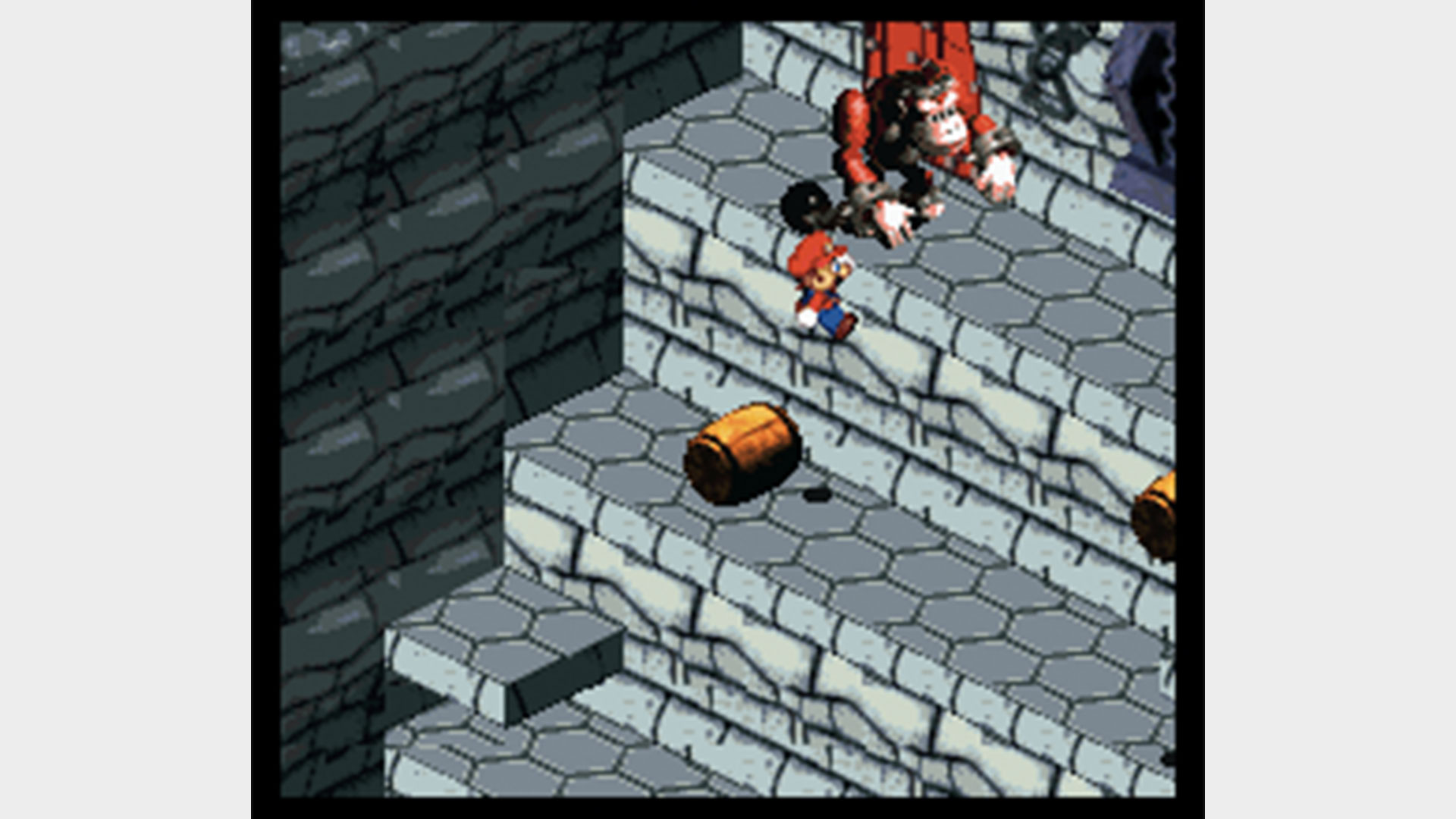
Mario’s unexpected appearance in an RPG aside, audiences were wowed by his new 3D look. The team had been hard at work on the same Silicon Graphics workstations that Nintendo had authorised Rare to purchase for its Donkey Kong Country series. Although a rudimentary 2D version of the game was created, it was used mainly as a testing ground for Mario’s movement and abilities before plans for the switch to 3D were finalised.
“At that point in time, Square was putting a lot of effort into visual presentation, and they had really pursued this up to the limits of what the Super Famicom hardware could do with 2D methods,” explains Fujioka. “The big question was where to go from there. I think it was natural that things would go in the direction of 3D. When I think about it now, the whole of Square was headed that way. Of course, in the beginning, we had a traditional top-down map with a 2D Mario, but at a fairly early stage we revised it to a slanted 3D perspective, so after that we also had to make the entire graphic design follow suit. Even with the SA-1 chip, the Super Famicom wasn’t capable of displaying 3D in real-time, so we went with a pre-rendering technique.”
Sign up to the GamesRadar+ Newsletter
Weekly digests, tales from the communities you love, and more
"In the beginning, we thought Mario would fight using magic, but we concluded that he was more suited to the hammer and jumping"
This SA-1 chip was another weapon in Nintendo’s arsenal of enhancements that kept SNES games evolving over time. While Sega was developing pricey add- on systems to prevent the Mega Drive from becoming stale, Nintendo opted to boost its hardware with special co-processor chips included within the game cartridges themselves. Possibly the most famous of these was the Super FX chip, which handled the real-time 3D effects in games such as Star Fox and Stunt Race FX. The Super Accelerator 1 was less common outside Japan, with only three games seeing international release. “The SA-1 chip had four times the processing power of the Super Famicom,” Fujioka elaborates. “Adding that to the console’s CPU made five times the processing power possible. Super Mario RPG didn’t use polygons, but the whole thing utilised a 3D field, so we used the extra oomph for those calculations. It also allowed us to use more characters than usual.”
A Mario evolution
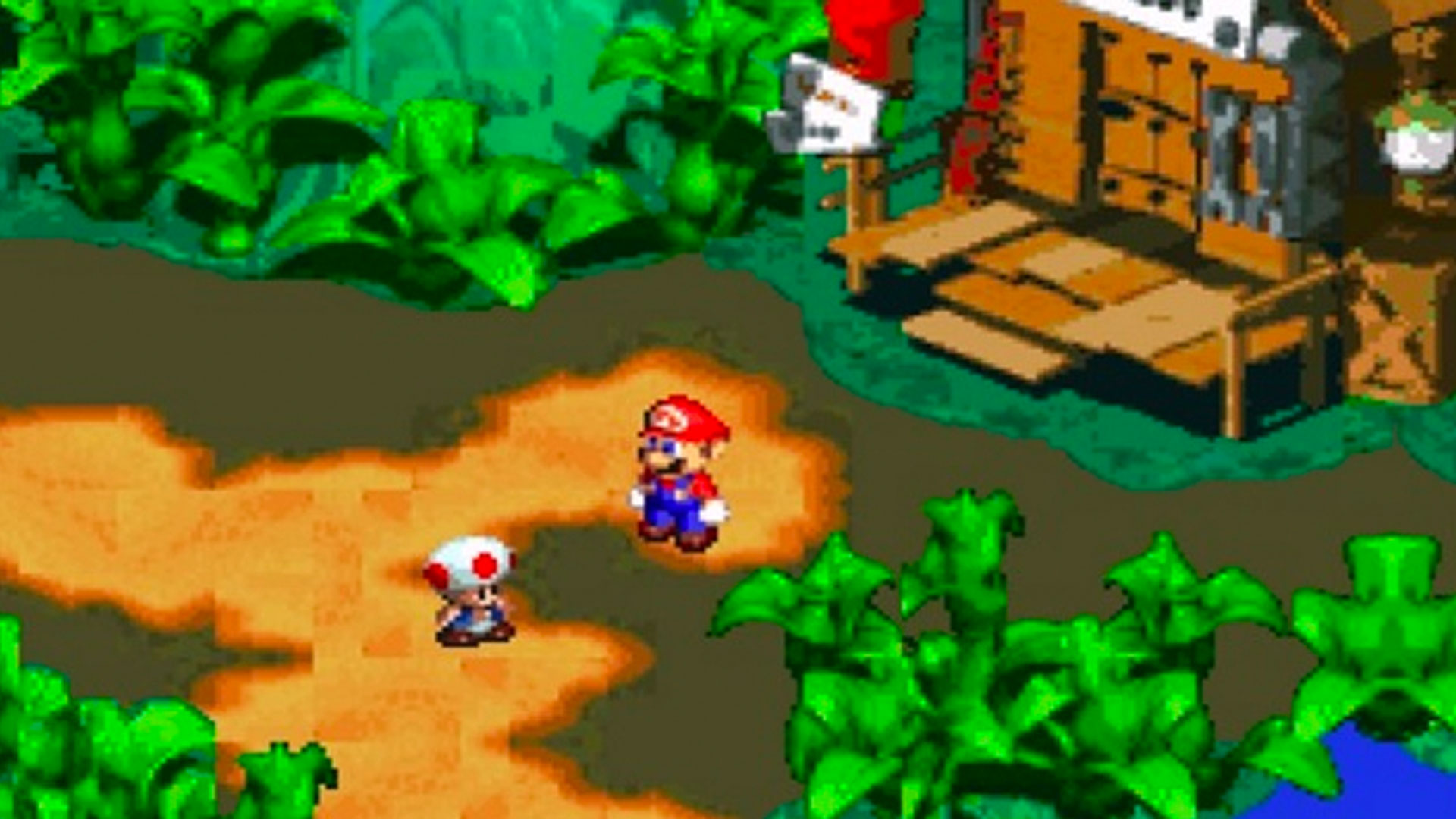
The game was primarily a Square production, but Nintendo made sure the team was not left floundering with Mario’s transition to a new dimension and genre. “It was a very close and favourable relationship. They offered us support with various new techniques, starting with the SA-1 chip, and ideas for presenting pseudo-3D on the Super Famicom,” Fujioka recalls. “From the beginning, Mr Miyamoto came in often to meet and talk, and of course we even took to the stage together at V-Jump. I received advice from him on two main points: one was keeping an eye on handling Mario’s entry into the RPG world without destroying the Mario universe; the other was the actual concept of fun in the game – in the early stages of development, I proposed the gameplay that Super Mario RPG would revolve around, explaining: ‘I want to achieve something that everybody wants to do, but nobody has been able to.’ Mr Miyamoto approved.”
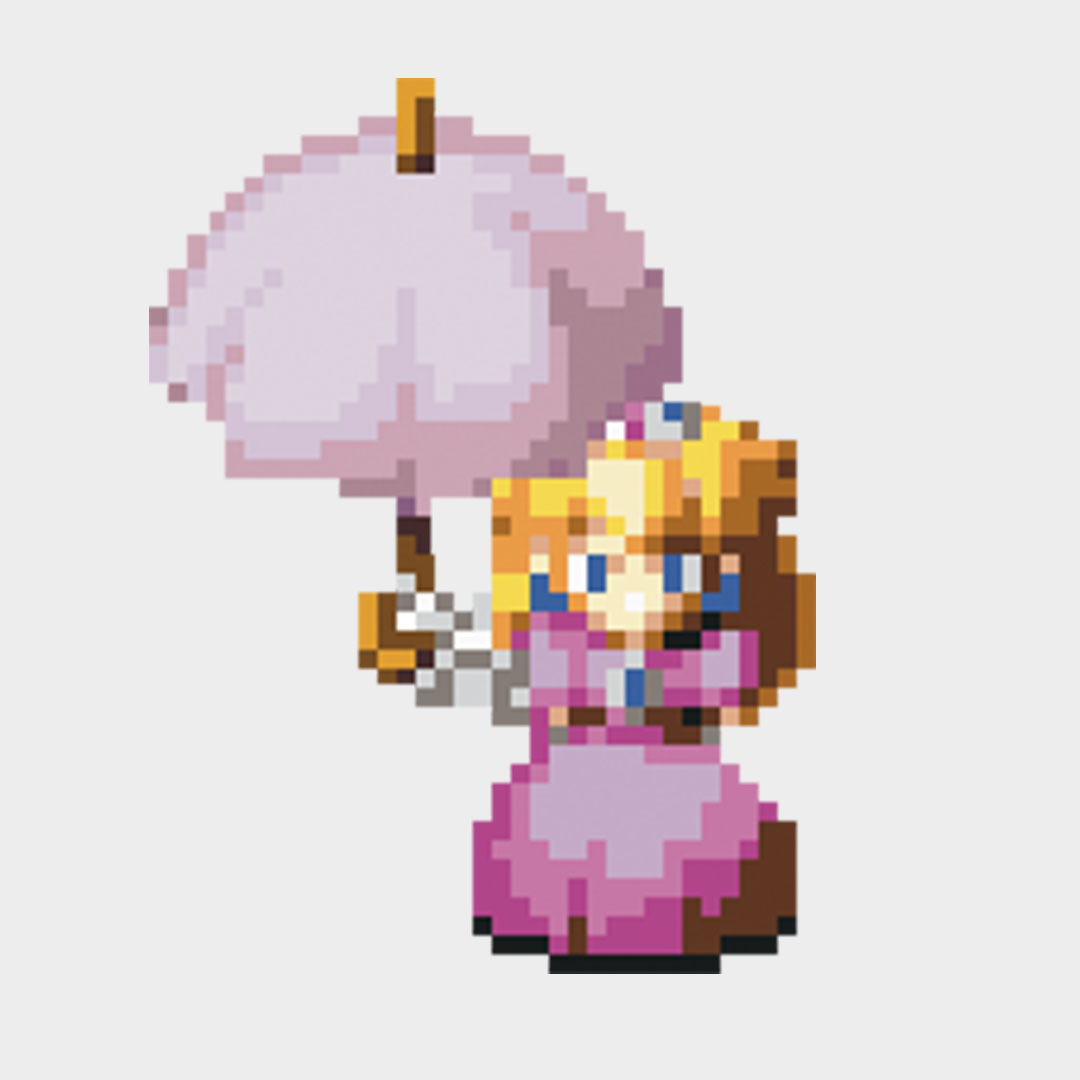
Fujioka remembers another time that Miyamoto gave him advice while writing the script for moving yellow blocks in the game. Miyamoto noticed that it was possible for the player to easily slip and fall from these blocks, and suggested that Fujioka try making them stop for a split second when Mario landed. “I revised the code immediately, and the gameplay really improved. It was a great experience to be able to see first-hand Mr Miyamoto’s fixation on game controls.
"Super Mario RPG’s cast of characters and lighthearted story and script won over gamers and critics alike"
“This was a difficult area – how much of the action aspect of Mario to represent in an RPG and, further, how to actually achieve that. With regards to programming and scripting, almost all the events in the game had some kind of interactive gameplay, and customising the code for them one by one was a big job. 3D data was also created for everything from the backgrounds to the characters and items, but it was our first experience with that, so it was an incredibly tough job.”
Even with a 4MB cartridge and the SA-1 chip, the game was bursting at the seams: “In terms of the game’s content, there’s one thing that even the development staff might have forgotten about. There were plans to include a shape-shifting boss character in the second half of the game, which would morph during battle. I persuaded the coders to put together a morphing program, which they made at once. However, I’ve now forgotten what his original form looked like! I did prepare two sketches for this boss, but I get the feeling they were completely altered during testing.” Unfortunately, at that time, it was necessary to trim many areas from the ROM capacity, and the morphing boss became nothing more than a phantom character.
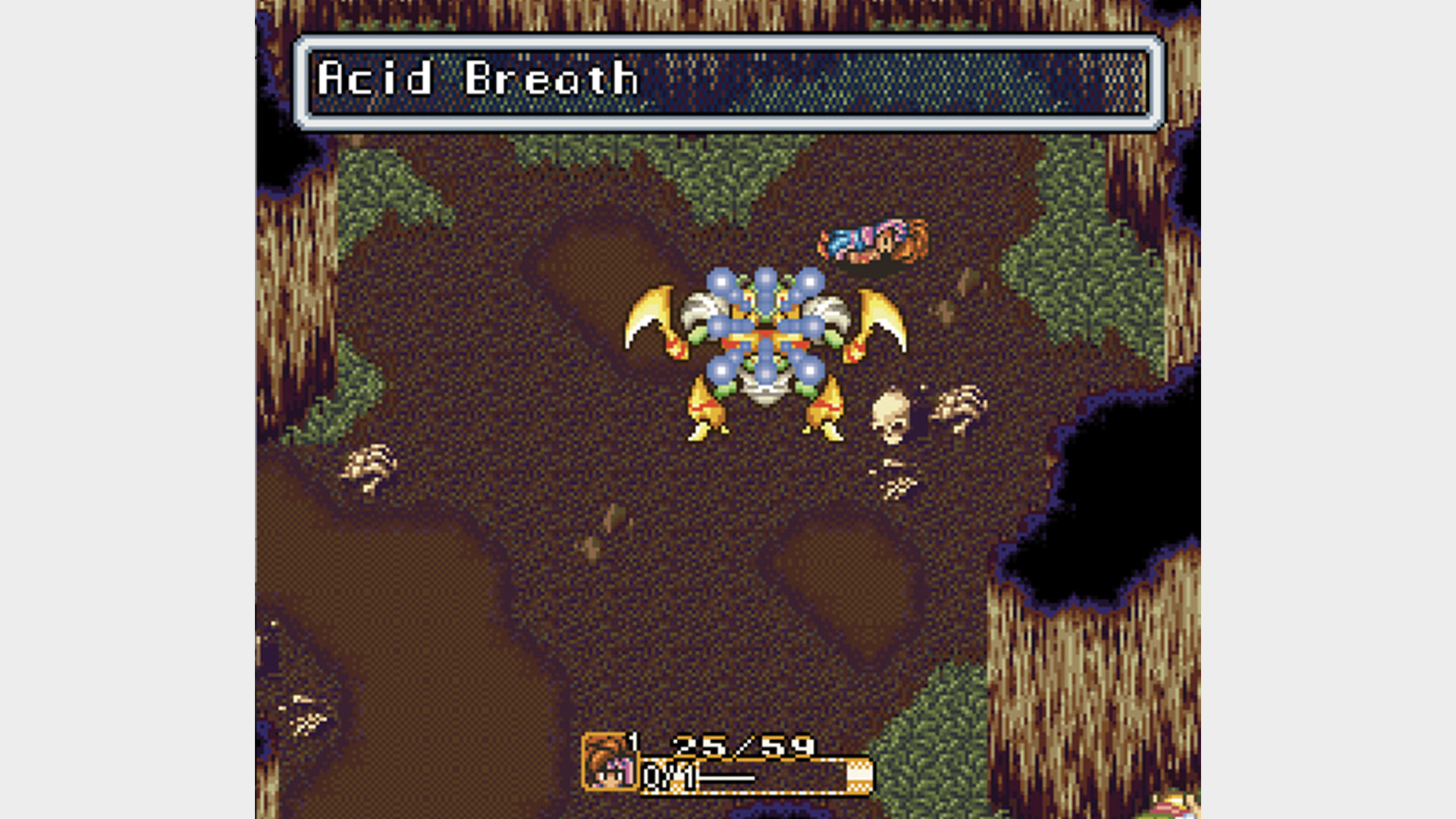
“There were a good number of other early ideas that didn’t make it into the final game, but it would be more accurate to say that they were starting points, rather than things we couldn’t do – they changed throughout the course of developing the game. For example, we wanted to have Mario use devices in one part of the map that would have a domino effect on various devices in other parts of the map, so in the early days, ‘chain reaction’ was something of a keyword that we based our ideas around. Expanding from that, we got all the areas with events that focus on action.”
The Seven (or more) stars
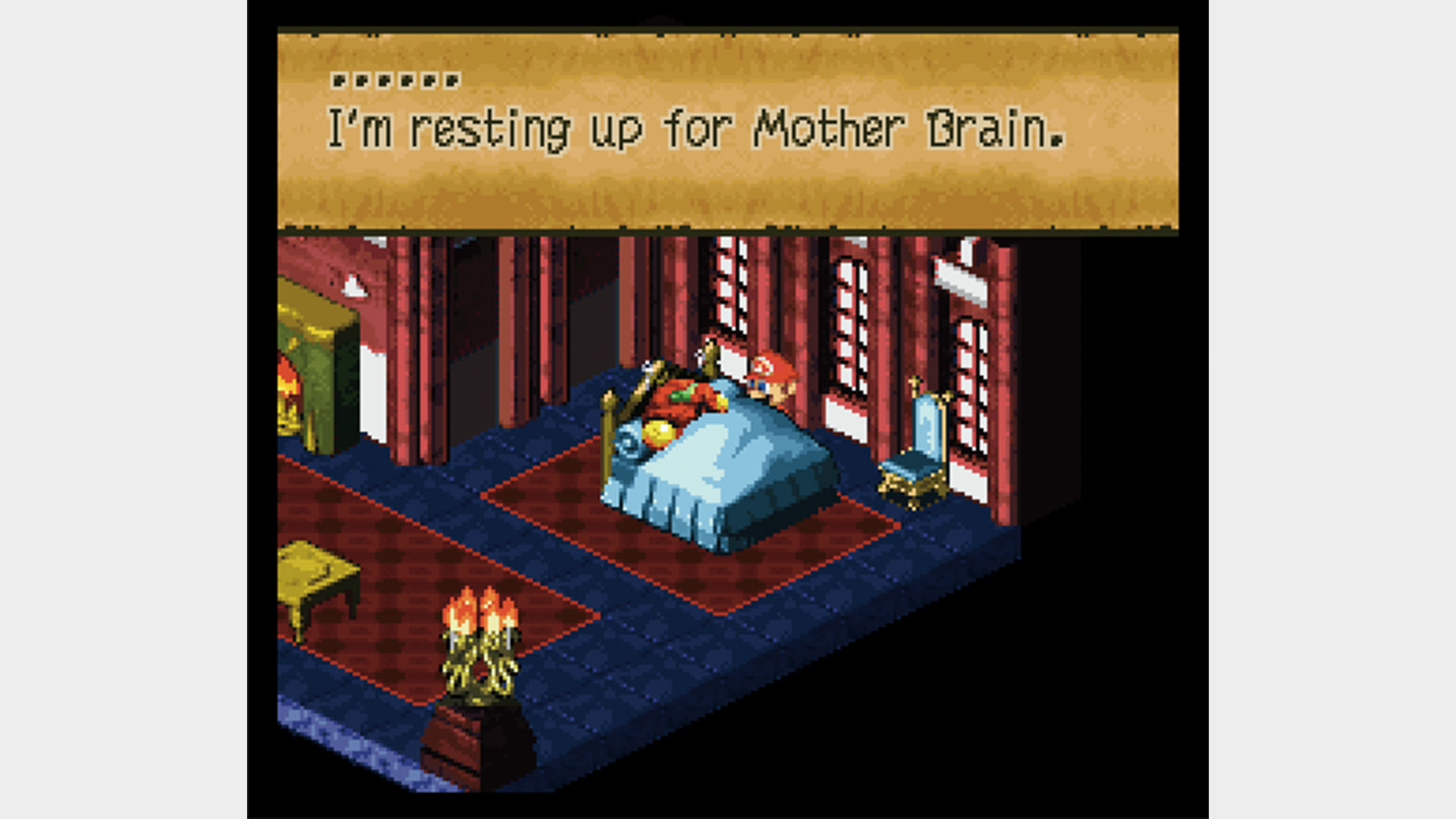
Super Mario RPG isn’t only known for its technical accomplishments, however – its cast of characters and lighthearted story and script won over gamers and critics alike. Even Mario’s long-time nemesis, Bowser, was given his first comedy role. Rather than kidnapping Peach and menacing the player characters, he teams up with them and spends his time alternately weeping over his stolen castle, reciting haikus about being lonely, and trying to convince everybody that Mario has joined his gang. “Mr Miyamoto didn’t stipulate any rules; he pretty much gave us a free hand, although he did let us know which series characters he wanted to appear,” remembers Fujioka. “There were a lot of staff members who were fans of comedy and stand-up, so it was only natural that it would end up that way. Bowser’s various lines and facial expressions were created freely by the people in charge of each area and event. It was all fine because Mr Miyamoto didn’t get angry!”
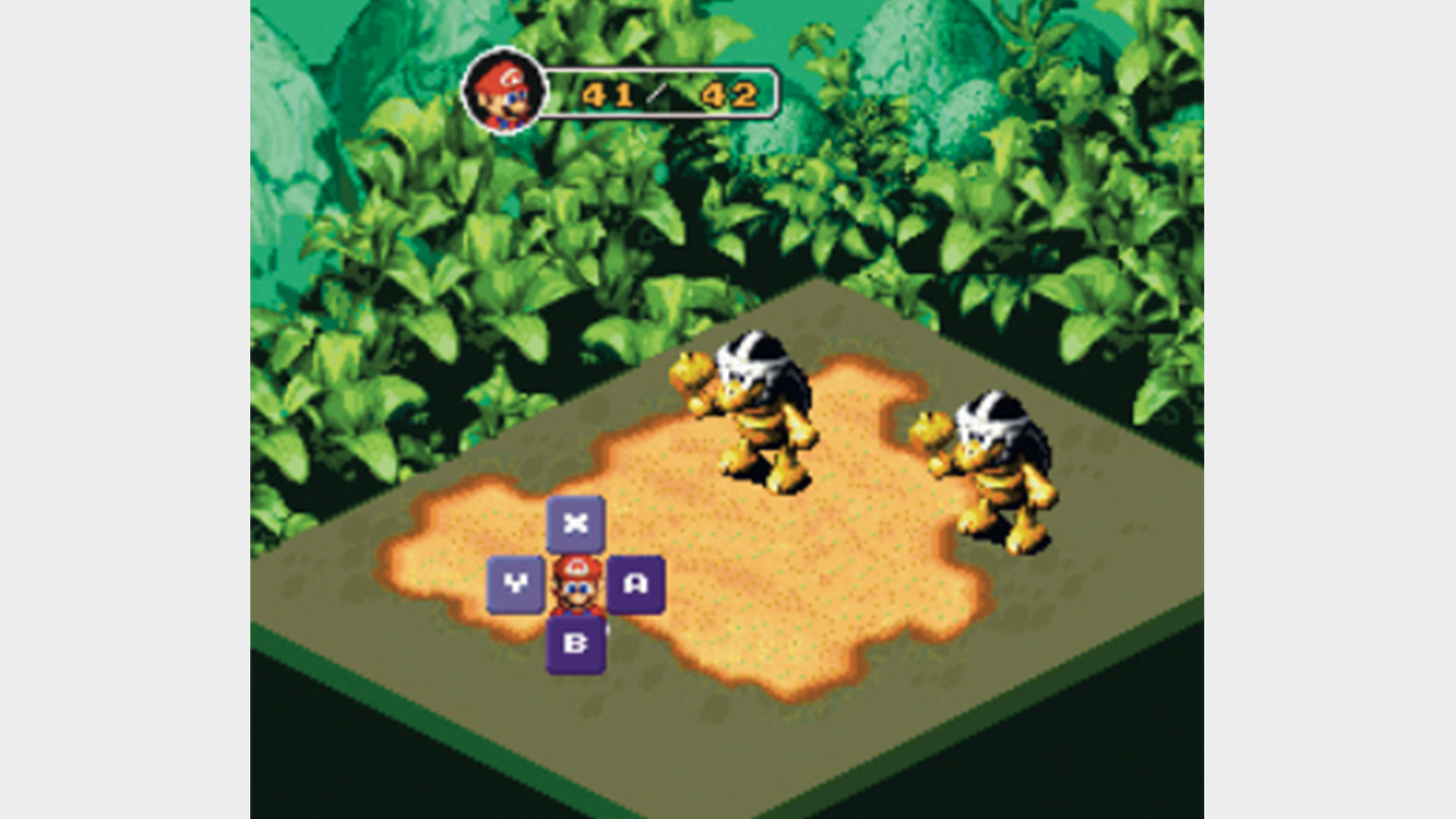
One of the most enduring original characters to spring from the game was Geno. Although legal issues between Square and Nintendo have prevented a full-blown comeback for the wooden boy, he has maintained a cult following. “I only found out about Geno’s popularity later, so I got him to make a reappearance in Superstar Saga [laughs]. I wish I knew why he’s so popular! I think people are interested in him because he’s a doll that’s come to life – he seems to have something of the profound about him.”
Super Mario RPG was released just months before the Nintendo 64 went on sale and was an immediate success: “It was the point at which the highest number of gamers owned a Super Famicom and, thanks to this, we sold a lot of copies. On the other hand, with the N64 out and Square defecting to the PlayStation, we never got to make a true sequel.”
On top of this, working on Mario’s last game on the SNES must have been a bittersweet experience. “We had no idea!” admits Fujioka. Indeed, when Miyamoto announced at the V-Jump Festival that the game would be Mario’s final 16-bit outing, Fujioka’s reaction was short and comical: “What!?”
This article originally appeared in Retro Gamer magazine.


